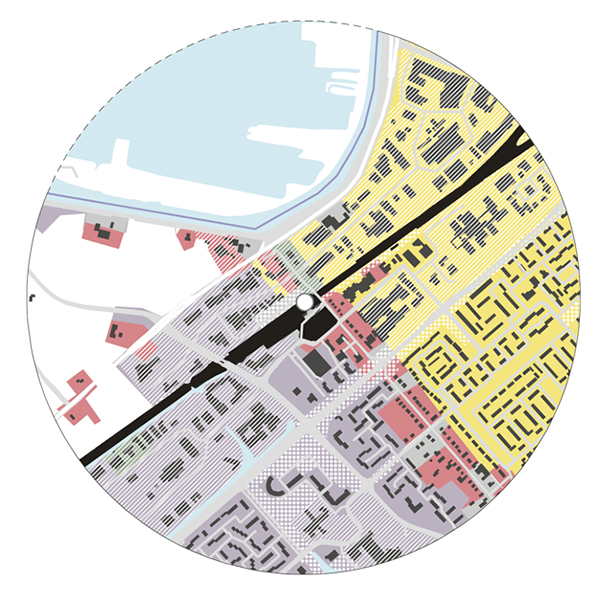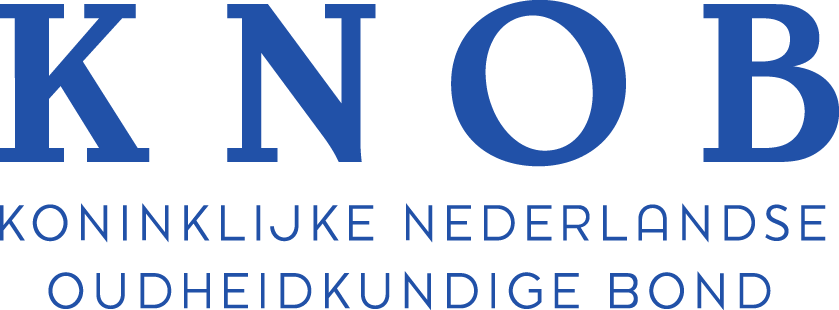Downloads
DOI:
https://doi.org/10.7480/overholland.2015.16/17.1707Abstract
In its Ontwerp Structuurvisie [Draft Structural |Con-cept], the Dutch State produced a sketch in 2011 of its ‘ambitions through to 2040 and the objec-tives, interests and tasks through to 2028’. In that context, studies have now been carried out into the implementation of the Programma Hoogfrequent Spoorvervoer (High-frequency Rail Transport Programme, PHS). Its aim is to offer passengers a service between the key destinations from 2020 onwards at such high frequencies that a train timetable would be redundant. On the busiest routes, including the Amsterdam-Heerhugowaard line, there should then be six intercity trains and six local trains per hour.2 The study by the Ministry of Infrastructure and the Environment focused initially on the question of whether the introduction of this kind of subway-like or metro-like scheduling is sensible and what modifications would be needed to the track and the stations to achieve it. The Province of Noord-Holland has commissioned various studies into the rail network that is currently present. The province and Vereniging Deltametropool presented the results in October 2013 under the title Maak Plaats! Werken aan knooppuntontwikkeling in Noord Holland [Make Room: working on hub development in Noord-Holland]. This states that the redevelopment of public transport nodes will be a key priority in the province’s spatial development policy. Encouraging the use of public trans-port is the main objective for the coming years.
How to Cite
Published
Issue
Section
License
Copyright (c) 2015 OverHolland

This work is licensed under a Creative Commons Attribution 4.0 International License.




